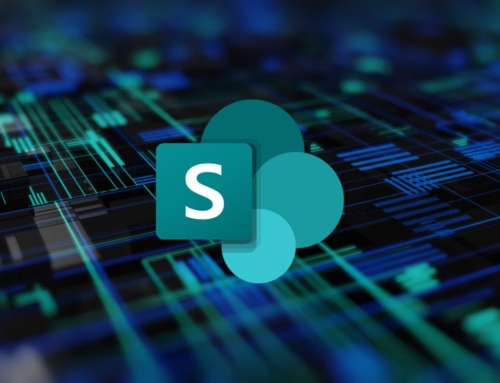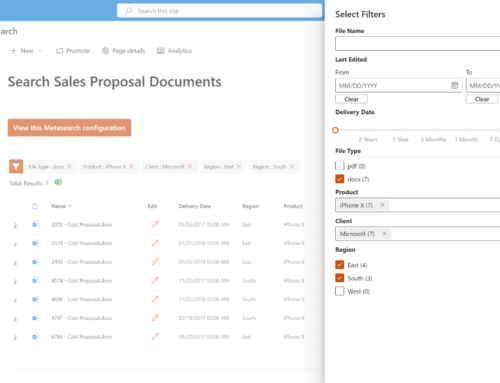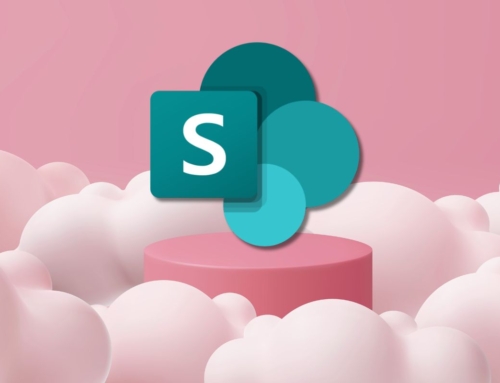Welcome to the final post in our Four Key Elements of a Successful Project series. Previous posts covered Initiation and Assessment, Design, and Development. Those phases lead us to Deployment and Review, the last phase in a specific project.
Deployment
Today is the day we head off on our adventure, get on the road with our compass in hand, guiding us to our destination. This phase is where all the planning, practice, and thinking come together for your journey; it is time to go.
We enter the Deployment phase when we have finished testing and trained the trainers. The client has now signed-off confirming the halt of additional changes for the project, and it is time to roll out the solution to their users. During deployment, we will move from our development or test environment into a production environment.
Deployment happens in three steps:
- Actual technical roll out
- Removing test data
- Deploy to users
- Discontinue and phase out the old systems
- Launch an end-user adoption campaign and communication plan
- Launch short-term and on-going support
The technical roll-out includes removing all test data, getting the system components into production, and using change management to facilitate adoption. We make sure everyone is comfortable using the new systems, processes, and software.
With our migration and intranet projects, companies rarely have an actual development environment, so after testing we need to remove or clean up test data, update production data as needed, and then launch the SharePoint site to users.
We may roll out in planned phases by department, depending on stakeholder workload as our project plan has detailed and confirmed with the client. For example, some of our clients have launched their new intranet portal with the company wide home page and a few key departments (HR, Communications) and then added additional department pages in future phases.
Our other significant role is in change management and communicating to everyone that a new solution is coming. We provide training information, tailored to the various ways different organizations use SharePoint. At a minimum, every customer announces the day when they will start using the new system and stop using an old system, changes to web site URLs and login processes. We know how it feels to receive system updates or changes that were not communicated and understand how important it is to get this right.
Change management also varies depending on who the company has available to work with us. Does the client have a dedicated change management group? If so, we provide clients with information, and they craft communications and messaging. If clients do not have that level of infrastructure, we create an overall plan with detailed instructions and manage email campaigns and webinars.
We work with our clients to build a change management campaign that works for them, assign tasks, stressing how important it is to communicate with the user base and get those emails sent out. Email is probably the most common communication method, but many organizations have other ways to communicate. Depending on the scope of the system, they might arrange to have a message posted on their intranet home page or through internal social media (Yammer Group). Some clients may host webinars or even have digital signage around their company’s physical offices and use that to distribute information.
Our goal is to weave our project launch into existing communication strategies, not to create a new strategy.
Example: We completed a migration for a client from SharePoint 2013 to SharePoint Online. This group already had a communication process in which the user base was getting a weekly email about changes to the content in the SharePoint site. The users were already used to getting a “What’s new” message, so for a few weeks before the cutover, we had them include a snippet about the migration that said, “We’re migrating this system. In a few weeks, you’ll go to this new URL, and here’s how the log-in experience and documentation for this will change.”
The next step in this phase is supporting the client with a few weeks of system support. All our projects include a period of post-deployment support, a critical step because most issues and questions come up when a system is launched to users. Users can get frustrated by a new system and will reject it without this level of support.
This time can bring up those “in the wild” bugs that did not come up during organized user testing. It is critical to long-term adoption of the new solution that people are well supported the first few weeks after launch. Any issues are fixed quickly, and questions are answered right away.
Last, we finalize details on how clients want to handle support in the long run and do a knowledge transfer with the internal IT department. If clients wish for Compass365 to handle long-term support, we move into that phase as well. We also encourage clients to develop a process for collecting feedback about the solution and plan for continuous improvement.
Review
The primary purpose of the Review phase is to review the statement of work and make sure we have checked off all the boxes with a client; that we have delivered everything intended to be delivered. And package up all documentation and deliverables into one package for the customer’s archive.
Lastly, we set up a final customer meeting for project review, following this list:
- Schedule review: Compare the original schedule with what the plan was, and the reasons why things changed (to learn for future projects).
- Lessons learned activity: This is conversational and a brainstorming of ideas. It is an opportunity for clients to explore, give us feedback on our performance, evaluate themselves and their organization, and think about what they might do differently on future projects.
- Future innovation: Discuss client planning in terms of sustainment and on-going support of this system, including driving adoption, getting feedback from their community, and how the system should adapt and grow over time.
We also discuss other items that came up during the project we put a pin in as “nice to have” or to look at in Phase 2. We will review those now and create a future wish list.
We always work with our clients in this wrap up to give them a chance to express themselves, think about what is possible — building our long-term relationship. We believe in being the guide for our clients, helping them with their technology journeys and digital transformations. We pride ourselves on creating long-lasting relationships with our clients, working with them on multiple projects over many years.
With our years of experience implementing Microsoft technologies and developing our project delivery methodology, we continue to be excited about the possibilities of solving business problems with our customers. Our Compass365 team of thought leaders keeps up with the ever-changing technology landscape while always enhancing and building on our project management methodologies.
After reading this blog series, The Four Key Elements of a Successful Project, we hope you have gotten to know us as a company and how we work with you, our clients. We would love to help guide you to success on your next technology project.









